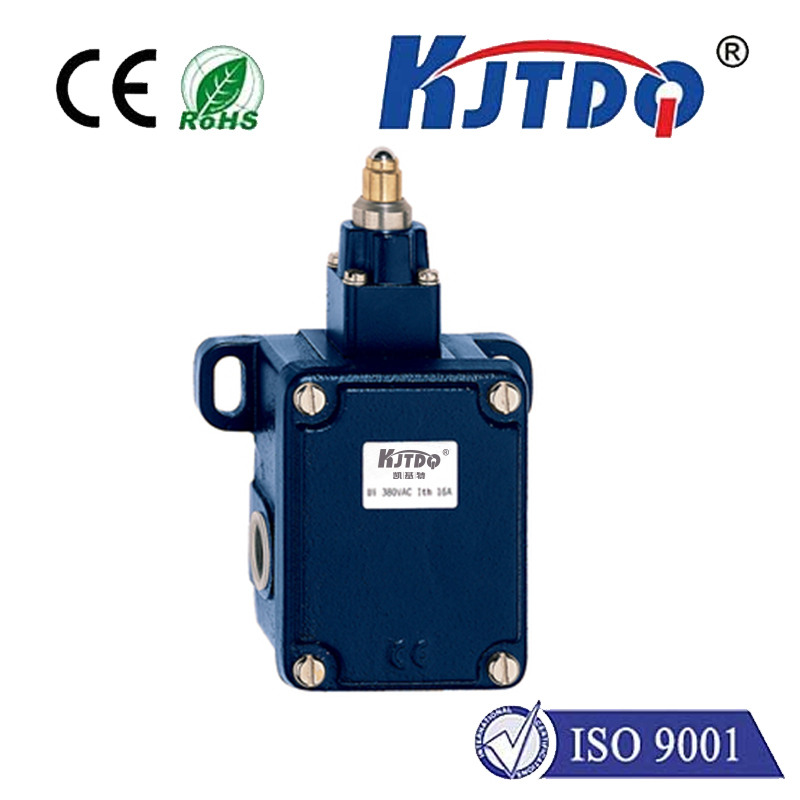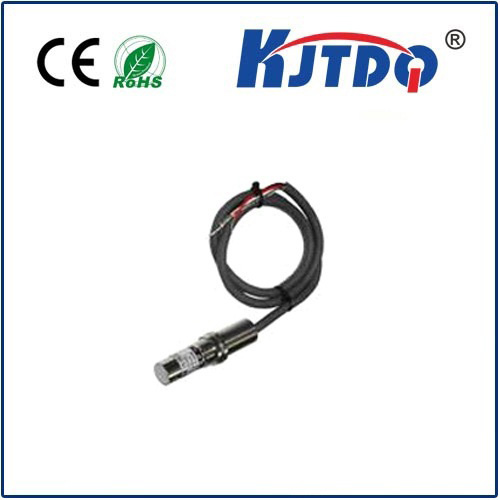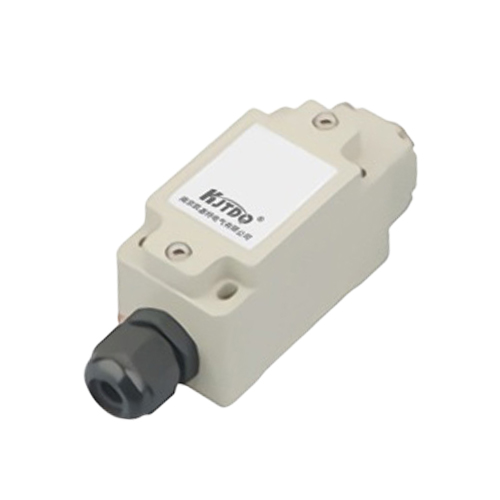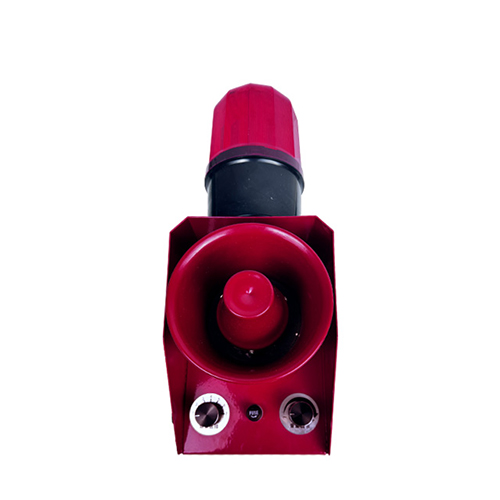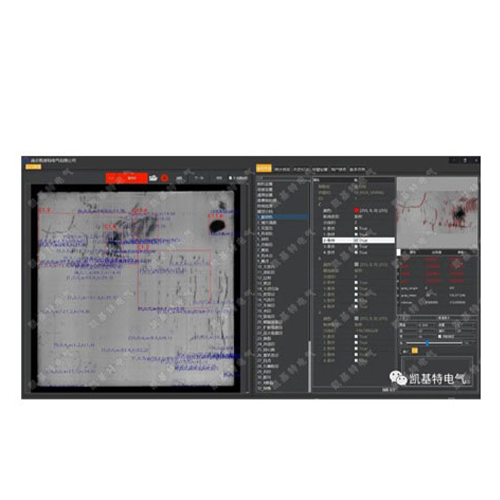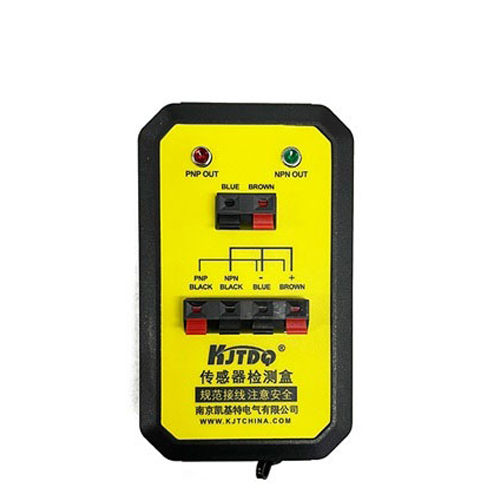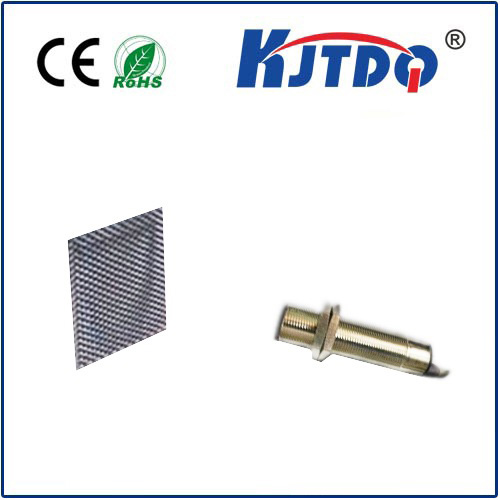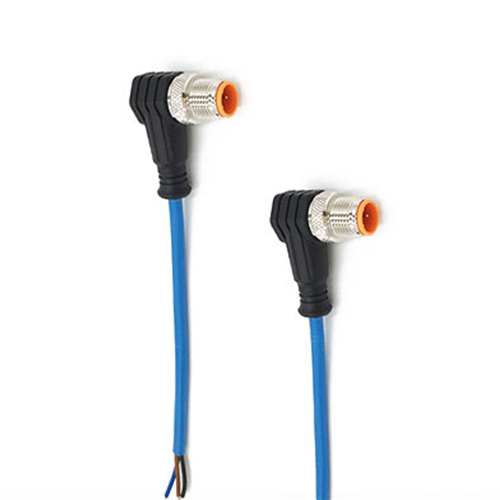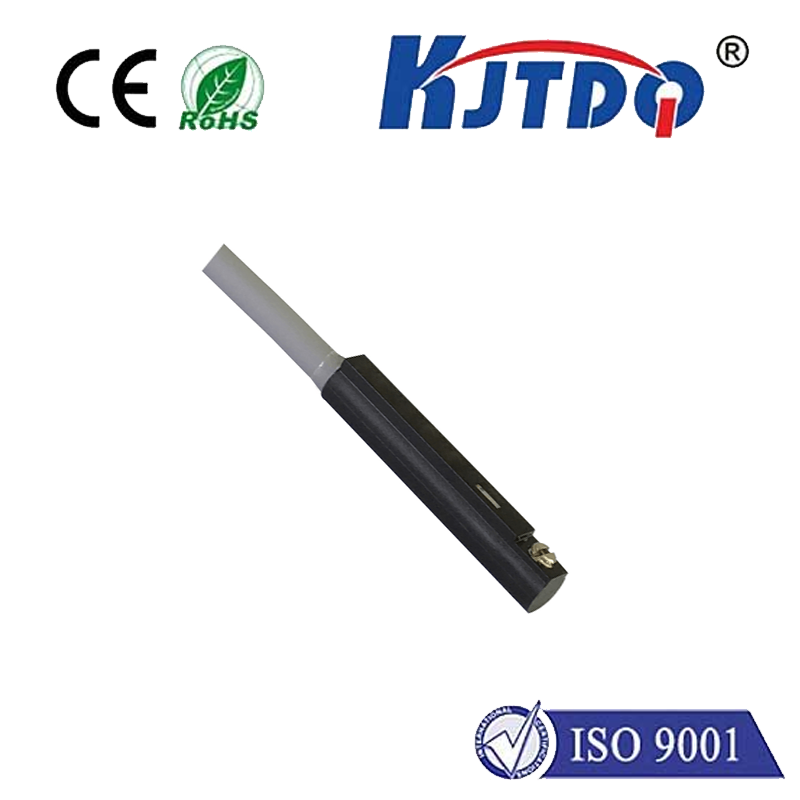laser doppler sensor
- time:2025-08-29 01:40:42
- Click:0
Unlocking Motion Secrets: Understanding Laser Doppler Sensors for Non-Contact Measurement
Imagine needing to measure something incredibly fast, vibrating intensely, extremely hot, or simply too delicate to touch. How do you capture its speed, displacement, or vibration without interfering? This is precisely where laser doppler sensors shine, offering a sophisticated, non-contact solution to some of industry and research’s most demanding measurement challenges. These sensors harness the fundamental physics of light to reveal the hidden dynamics of moving surfaces with remarkable precision.
The Core Principle: The Doppler Effect in Light
The magic behind laser doppler sensors lies in the Doppler effect, a phenomenon familiar with sound (like the changing pitch of a passing siren). When light waves reflect off a moving surface, their frequency shifts. This shift is directly proportional to the velocity of the surface component moving towards or away from the sensor. A laser doppler vibrometer (LDV) – a common type of laser doppler sensor – uses this principle specifically to measure vibration velocity.
Here’s the breakdown:

- Laser Emission: The sensor projects a highly focused, coherent monochromatic laser beam onto the target surface.
- Reflection and Shift: Light reflected from the moving surface experiences a frequency shift – higher if moving towards the sensor, lower if moving away.
- Mixing and Interference: The shifted reflection is combined (or mixed) with a reference beam (a portion of the original laser light split internally). This mixing creates an interference pattern or beat frequency.
- Signal Detection: A photodetector captures this interference signal. The frequency of this beat signal is directly proportional to the target velocity along the laser beam axis. Sophisticated signal processors analyze this frequency to calculate precise velocity measurements.
- Displacement & Vibration: For measuring displacement (distance moved) or vibration amplitude, the sensor electronics typically integrate the velocity signal over time.
Why Choose Laser Doppler Sensing? Key Advantages
Laser doppler sensors offer a compelling set of advantages over traditional contact sensors like strain gauges or accelerometers:
- Non-Contact Measurement: This is their defining feature. No physical connection means:
- No mass loading (the sensor doesn’t affect the dynamics of lightweight or delicate structures).
- Measurement on very hot surfaces (e.g., engines, turbines, exhausts) or hazardous environments.
- Access to difficult or dangerous locations.
- Exceptionally High Precision and Resolution: Capable of resolving velocity differences down to micrometers per second (µm/s) and displacements down to picometers (pm), they are unmatched for high-precision dynamic measurements.
- Wide Frequency Range: They excel at measuring very high-frequency vibrations, often reaching megahertz (MHz) ranges, far exceeding the capabilities of contact sensors.
- Large Standoff Distance: Measurements can be taken from significant distances (millimeters to tens of meters, depending on the model and optics), offering flexibility.
- Spatial Resolution: The focused laser spot allows precise measurement on very small areas or specific points of interest on a structure.
Diverse Applications Across Industries
The unique capabilities of laser doppler sensors make them indispensable in numerous fields:
- Structural Dynamics & Vibration Analysis: Testing NVH (Noise, Vibration, Harshness) in automotive, aerospace, and civil engineering. Characterizing resonances and mode shapes in bridges, aircraft wings, satellites, and complex machinery. Crucial for predicting fatigue life and optimizing designs.
- Acoustics & Ultrasonics: Measuring very high-frequency vibrations of loudspeakers, microphones, microphones, and ultrasonic transducers/cleaners.
- Microelectronics & MEMS: Testing the dynamic performance of tiny components like microphones, accelerometers, gyroscopes, and resonators without loading them.
- Medical & Biomechanics: Researching bone conduction, middle ear mechanics, skin vibration, blood flow (using specialized Laser Doppler Flowmetry/Perfusion variants - distinct from velocity sensors but sharing the Doppler principle), and microsurgery tool characterization.
- Rotating Machinery: Precisely measuring torsional vibration and rotational speed in shafts, turbines, and engines without tachometers or encoders.
- Material Science: Studying material properties under stress, measuring damping coefficients, and analyzing thin film vibrations.
- Automotive & Aerospace: Testing brake disc vibration, engine components, body panels, and turbine blades under operational conditions. Ensuring reliability and performance.
Important Considerations and Variations
While incredibly powerful, understanding the practicalities is key:
- Surface Dependency: The target surface must provide sufficient diffuse reflection. Highly polished, transparent, or deeply absorbing surfaces can be challenging and may require surface treatment (like retro-reflective tape). Adequate signal strength is paramount.
- Alignment Sensitivity: Precise alignment of the laser beam onto the measurement point is crucial for optimal signal quality. Advanced scanning LDVs automate this for mapping vibration over surfaces.
- Line-of-Sight Required: The sensor requires a clear optical path to the measurement point.
- Velocity vs. Displacement: While velocity is the primary direct measurement, displacement and acceleration are derived through integration/differentiation, which can introduce noise. Some specialized configurations directly measure displacement.
- Types: Beyond the standard single-point laser doppler vibrometer, variations include:
- Scanning Laser Doppler Vibrometers (SLDV): Use mirrors to rapidly scan the laser beam over a grid of points, building a full-field vibration map.
- 3D Vibrometers: Combine multiple beams/measurement heads to capture motion components in three orthogonal directions simultaneously.
- Fiber Optic LDVs: Use optical fibers to deliver the laser light to the measurement head, enabling measurements in confined spaces or harsh environments where the main controller cannot be placed.
Selecting the Right Laser Doppler Sensor
Choosing the best laser doppler sensor involves evaluating:
- Required Parameters: Velocity? Displacement? Vibration? Frequency range?
- Measurement Range: Expected velocities, displacements, vibration amplitudes.
- Resolution Needed: Micro-scale or macro-scale dynamics?
- Target Characteristics: Size, surface type, reflectivity, environment (distance, temperature).
- Budget: Performance capabilities scale with cost. High-resolution, long-range, or scanning systems represent a significant investment but offer unparalleled data.
Laser doppler sensors represent the pinnacle of non-contact, high-precision motion measurement technology. From ensuring the quiet hum of a luxury car to guaranteeing the structural integrity of a spacecraft, or unlocking the secrets of microscopic vibrations in silicon chips, this technology provides insights impossible to gather any other way. Their ability to deliver unmatched accuracy, high-frequency response, and freedom from sensor mass loading makes them an essential tool for engineers and scientists pushing the boundaries of performance and understanding. As technology advances, making these systems more robust, user-friendly, and affordable, we can expect their application scope and impact to grow even wider.






